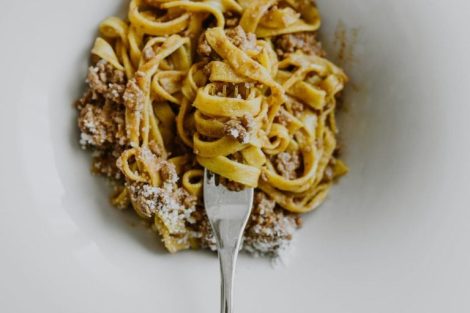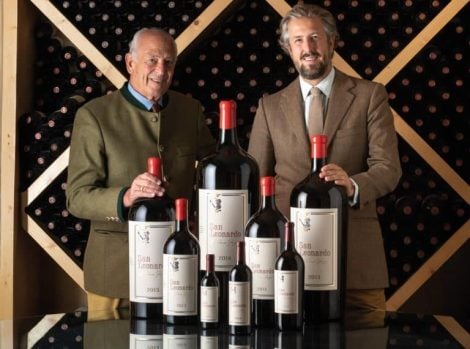"It's a strange time to release a book," says author Fabio Parasecoli. Lecturer in Nutrition Studies at the Department of Nutrition and Food Studies of New York University, Parasecoli has various titles to his credit that investigate the relationship of food with other aspects of human knowledge, culture - popular and beyond - society, politics, design. He is no exception this time either, focussing, if possible, even more decisively on the connections that nutrition intertwines with individual and collective dynamics. Gastronativism: Food, Identity, Politics is the name of the volume published by the Columbia University Press that brings together the fruit of Parasecoli's latest research. The goal, however, is not focussed only on insiders, but to make the results of his studies available to all thanks to a "crossover style" - as he calls it - which gives his content a form that is as accessible as possible. Key word: disclosure. The same that's underlying other initiatives, always signed by Parasecoli.
Food on display and Capitol Hill
The exhibitions, for example: Gusto! Italians at the table. 1970-2050 at the M9 in Venice, and Bigger than the plate opened in 2019 at the Victoria and Albert Museum in London which in September arrives at the Museum of Food and Drink in New York, where Parasecoli is co-curator together with a figure inside the museum, in concert with designers, artists, architects. "This too," he comments "is a way to make the public reflect on some aspects concerning food, for example the difficulties of supply, or the crisis of the agricultural industry," those mechanisms - in short - that underlie what we eat and to which usually you don't pay attention. More on that later. In the meantime, Parasecoli, now permanently resident in the United States, observed from there the spread of the pandemic and the onset of the Russian-Ukrainian conflict, but also the assault on Capitol Hill: the attack of January 6th, 2021 convinced him of the need to give a political meaning to the book he had in store. "This is not the first time that I have reflected on food and politics," he comments. After all, today as in the past, food is used by governments to control the population or to garner electoral consensus, in the same way it can be a vehicle for integration and conquest of rights.
Halal lasagna and Turkish hazelnuts
The Pope's halal lasagna; Salvini's Nutella and Turkish hazelnuts; and then the many issues dealt with in the European Parliament: food is an ideological tool. In Italy mostly: "because food is very important in our identity, both as individuals and as a community." Not only that: "it is immediate, it does not need explanations, so through it certain content appears almost natural." The famous lasagna for Bergoglio, therefore, follows the path of multiculturalism with simplicity. In addition, food is performative, therefore suitable to be mediated, "and these days if you are not in the media, you do not exist."
Gastronativism. The book’s themes
"In the book I explore the phenomenon of the ideological use of food all over the world and in various aspects," explains Parasecoli, who makes a detailed analysis of past or present episodes. For example in India, where the government pushes for a more conservative and radical Hinduism, "the consumption of meat is a criterion to isolate other religious communities, Muslim or Christian, and the lower social classes, because historically the untouchables ate cattle, offal: a disgrace for a well-to-do Brahmin Hindu." Or in Japan, with the scandal of contaminated gyoza, frozen products that came straight from China. Then there is the case of the United States, with Biden and the "4th of July BBQ" affair, where the traditional Independence Day grilled meat has entered the political controversy linked to positions on climate change. "How is such nonsense possible? Because food is part of everyday life and strong emotions are linked to it." Which can easily be exploited. Being aware of these dynamics allows us to avoid it or even become actors of positive change in our society ourselves. To do this, it is not enough to eat, it is also necessary to ask questions.
What is gastronativism?
The term gastronativism originates in mid-19th century America, and in the reactions of Protestant whites against non-Anglo-Saxon, Dutch or German newcomers. In detail, nativism - the policy that aims to preserve an indigenous culture and, in its reactionary tendencies, the interests of natives versus those of immigrants - emerges where there is a lot of immigration, where the boundary between us and others is defined by birth place. In the 1990s, a different model of globalization from the pre-existing one arrived, "which caused great inequalities, accentuated by the crises, from 2008, to Covid, to the war in Ukraine." The gap between those who have and those who have not, those who have been able to seize the opportunities given by globalization and those who do not, increases; and with it also these phenomena of the idealization of food. The hostility towards the European Union, which many see as a stretch that represents the globalist elites and leaves many people behind, is a clear example of this.
Exclusive and non-exclusionary gastronomy
This ideological exploitation takes place in two different directions: "exclusionary and non-exclusionary." The first rides on a discomfort that is expressed on the weakest or marginal people, a malaise that is the child of neoliberal globalization (which has also transformed food systems) in which there are winners and losers, sections of communities that suffer the consequences and react clinging even more to one's own identity, including food, distancing oneself from others. These are dynamics that can play the game of populism and sovereignty by using food to foster contempt for others. And the other? The "non-exclusionary gastronativism belongs to movements that identify an enemy - for example GMOs, or the aforementioned neoliberal globalization - and try to bring together as many people as possible who can join them."
Gastronativism: which foods?
Are there any foods that express this phenomenon more than others? "Those symbolic of cultural identities: polenta for Lega Nord, socca in Provence - a sort of chickpea flatbread that has become an emblem of differentiation against Arab immigrants - meat in the United States and India, dumplings in Japan." Understandable everyday dishes that everyone has experience with: not caviar, so to speak, but lasagna. An example is that of Tocai wine, experienced by many as part of our identity, albeit based on commercial rules.
Horizon and depth. Looking at the forest to understand gastronativism
To better understand these phenomena, it is essential to change perspective, in terms of space and time, so if on the one hand the book forces us to look beyond our own borders, finding affinities and differences with what happens elsewhere, on the other it imposes a historical reading. According to the trajectories that Parasecoli has investigated in his professional career as a journalist - first in international politics, later in gastronomy - and as a scholar of food, with a vision that makes cultural, anthropological, economic, trade and even historical analyses his own. "I know," he admits, "it is a complex book, because it requires the reader to look beyond their own borders. But," he continues "we often look at trees and do not see the forest. This time I decided to look at the forest."
Gastronativism. Food, Identity, Politics - Fabio Parasecoli - Columbia University Press - 248 pages - $25.00, $100 for hardcover – English - fabioparasecoli.com
by Antonella De Santis

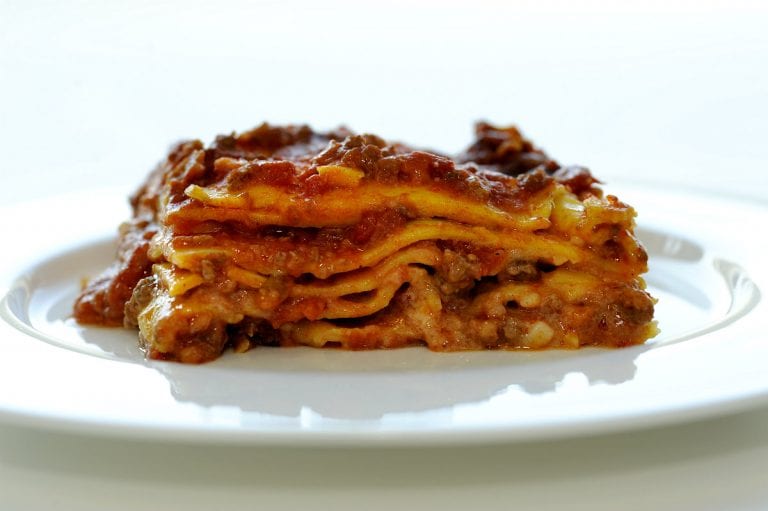
 The oil always moves north, reaching England. How the map of olive trees is changing due to climate change
The oil always moves north, reaching England. How the map of olive trees is changing due to climate change The Nobel Sandwich we tried at CERN, just steps from antimatter
The Nobel Sandwich we tried at CERN, just steps from antimatter The two young talents from Gattinara revolutionising Italian cuisine
The two young talents from Gattinara revolutionising Italian cuisine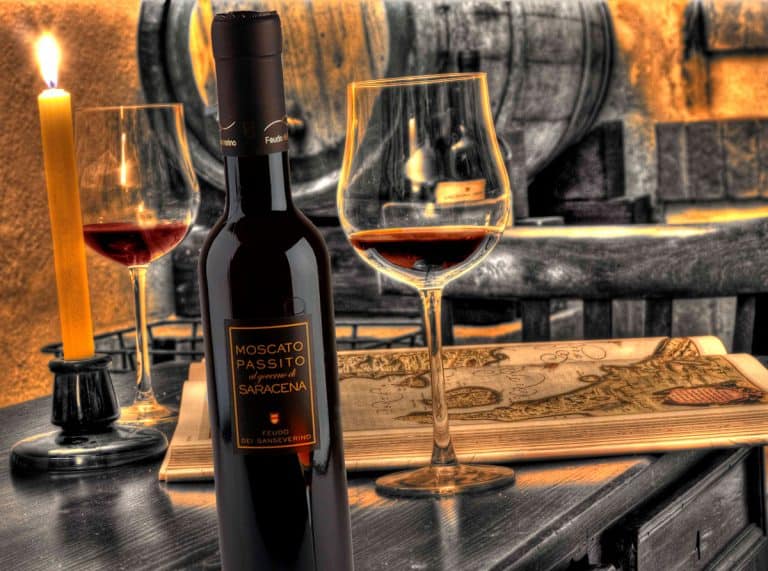 Here is the Meditation Wine of the Year according to Gambero Rosso
Here is the Meditation Wine of the Year according to Gambero Rosso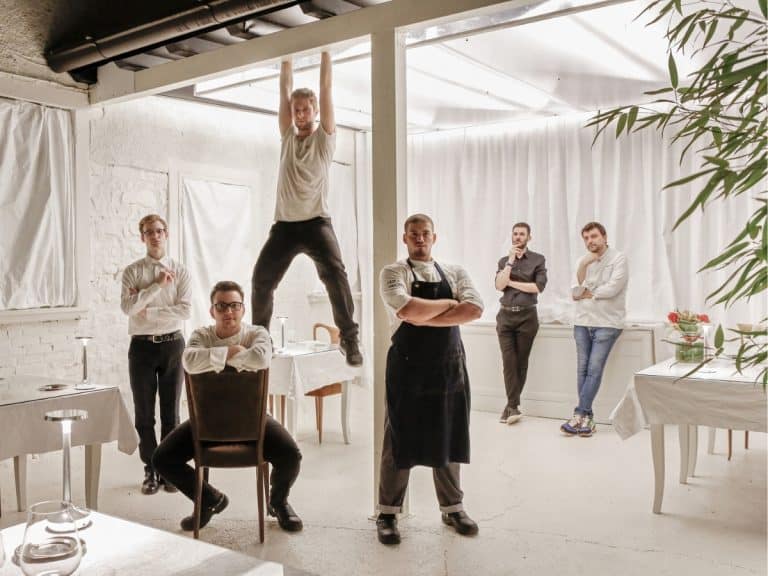 The 6 new 'Tre Forchette' restaurants of Gambero Rosso: here they are
The 6 new 'Tre Forchette' restaurants of Gambero Rosso: here they are




